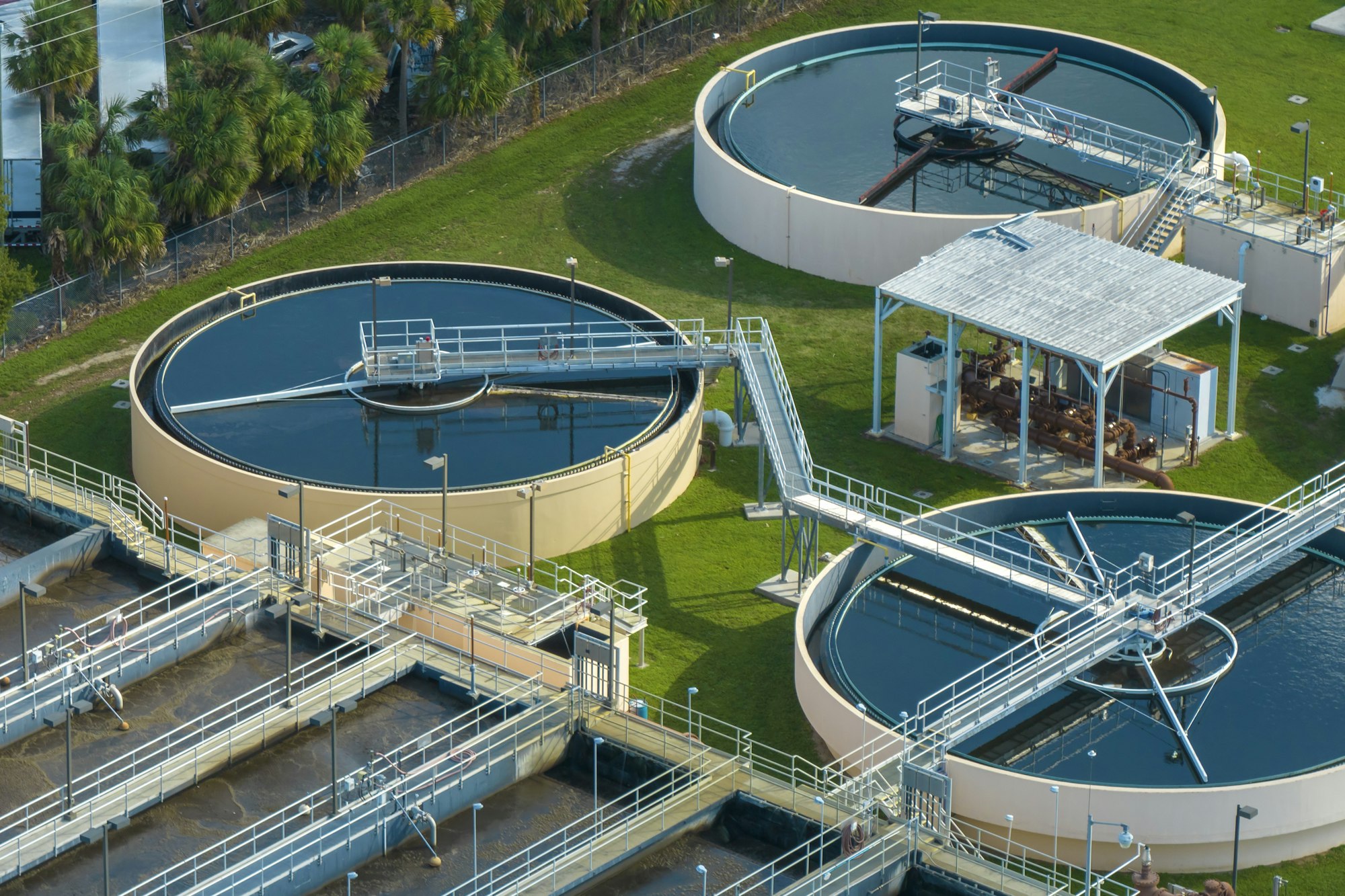Wastewater Visibility News
Wastewater Monitoring and This Year’s Tripledemic of Flu, COVID, and RSV
Examining the value of wastewater monitoring, specifically wastewater-based epidemiology (WBE), related to the public health issues of COVID-19, influenza, and RSV.
According to the Centers for Disease Control and Prevention (CDC), nearly 100,000 Americans died from influenza–the flu–during the peak of last year’s flu season. Loss of life during this same period due to COVID or to RSV, which is respiratory syncytial virus, has not been officially released, but it’s safe to say this number skyrockets when those two additional illnesses are tallied. In January 2023 alone, 40 percent of US households reported experiencing at least one of the three illnesses.
Health officials refer to the combined impact of the three viruses as a triple epidemic, or “tripledemic,” and there’s every reason to expect this flu season to be as bad as last year’s, overloading hospitals and healthcare practitioners beyond capacity.
What We Learn from Wastewater Monitoring
Wastewater monitoring through wastewater-based epidemiology involves testing for the presence of pathogens and chemicals in sewage. The process is accurate and non-disruptive.
The range of health threats that can be accessed is virtually limitless, including monkeypox, polio, norovirus, Dengue, HIV, Ebola and the use of fentanyl, opioids, alcohol, cannabis, tobacco, and countless other substances. Wastewater monitoring can also track markers for antimicrobial resistance and be used to estimate the prevalence of conditions such as gout or type II diabetes.
Applications for Wastewater Monitoring and Wastewater Based Epidemiology

In addition to informing health officials when to ramp up staffing and inventory, wastewater monitoring can signal law enforcement when there is an escalation in the use of illegal drugs or a disparity in the quantity of legally prescribed controlled substances and the quantities of those substances identified in the community’s sewerage, measuring an increase in illegal distribution.
When the byproducts of untreated conditions such as type II diabetes are found, public health officials know when to launch educational and awareness campaigns. If markers for asthma treatments increase, officials can know to ramp up air quality alerts. And knowledge of antimicrobial resistant microbes helps researchers design and develop future vaccines for greater effectiveness.
Wastewater-Based Epidemiology: Beyond Reactive Response
In addition to predictive and potentially preventive applications, wastewater-based epidemiology may hold great value in identifying unrecognized health issues. A report found in the National Library of Medicine (“Future perspectives of wastewater-based epidemiology: Monitoring infectious disease spread and resistance to the community level,” by Natalie Sims and Barbara Kasprzyk-Hordern) addresses how wastewater monitoring can reveal the presence of chemical compounds that act as endocrine disrupters in the body, effecting hormone regulation.
These substances are found in some personal care products or environmental or household products. Included among the chemicals to monitor are the UV filters in sunscreen, plasticizers, flame retardants, and pesticides, all of which are suspected or known endocrine disruptors.
Most importantly, as author Bill Hanag points out in an article for Fortune (“COVID-19, flu, RSV: How wastewater monitoring can save lives as America faces the next ‘tripledemic’”) published earlier this week, using wastewater monitoring as a strategy for reacting to situations underutilizes the tremendous value of this technology.
He likens the current underutilization of wastewater monitoring to “Not just shutting the stable door after the horse has bolted, but after the horse has bolted, met a nice other horse, had a bunch of little baby horses with them, and now they’re all back and eating our picnic.”
Hanage urges that America ensure wastewater data is “reliable, up-to-date, and comparable across regions… through the CDC’s National Wastewater Surveillance System (NWSS).”
“The federal government,” says Bill Hanag, “can make funding available for cities and states to implement WBE programs and train staff. Several programs part of the Pandemic and All Hazards Preparedness Act (PAHPA) expired in September (2023) and the timeline for the reauthorization of this legislation is unclear. I hope to see the next iteration of PAHPA include WBE and empower agencies like ASPR and CDC to invest in wastewater surveillance as a pandemic preparedness and early warning tool.”
Fortune magazine, October 16, 2023
Clearly, water fingerprinting, as water monitoring is sometimes described, offers applications with highly beneficial potential for our communities. Through increased funding and support for wastewater monitoring and the revival of the expired PAHPA Act, this valuable technology could go from reactive to proactive and, in the process, improve the health and well-being of millions of Americans.
Read More in Wastewater Visibility News:
- Wastewater Monitoring: Giving Wastewater the Attention It Deserves
- 1 Year Later – Impacts of COVID on the Wastewater Industry

More Recent Posts

105.668 Gallons of Wastewater to be Reused Daily in the Manufacture of Semiconductors

First-Ever National Drinking Water Standard to Protect 100M People from PFAS Pollution

Are Your Wastewater Tanks Consuming Excess Energy Due to Sand and Grit? Emerging Technology Can Help You Find Out

Happy Easter
Subscribe
Get news delivered straight to your inbox the day it gets published."*" indicates required fields
